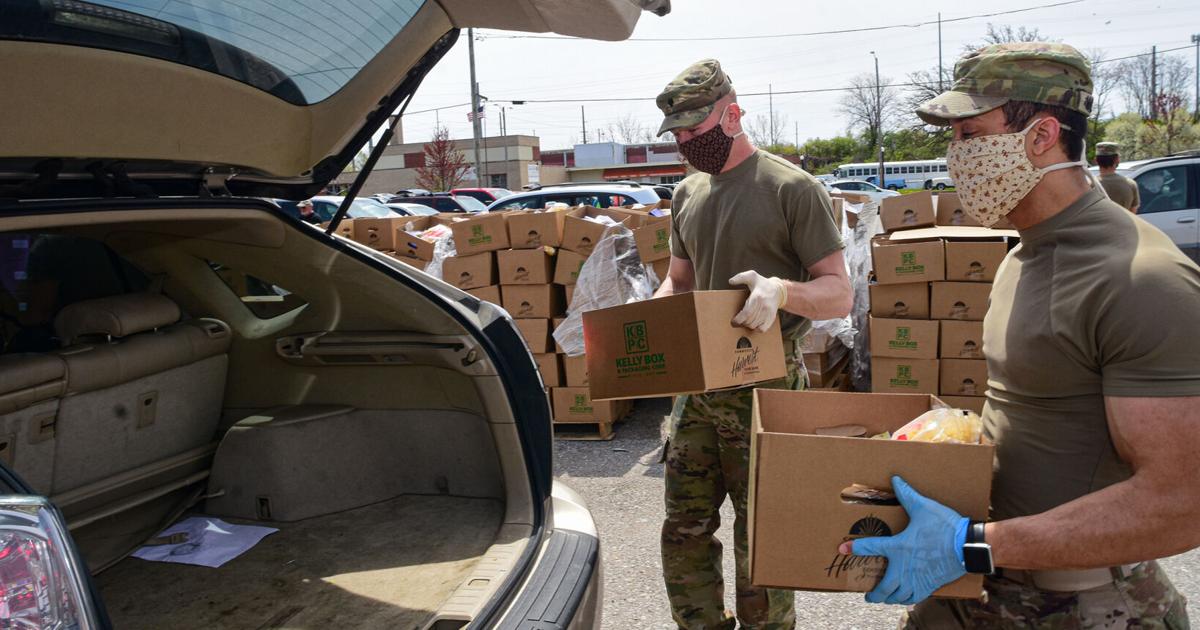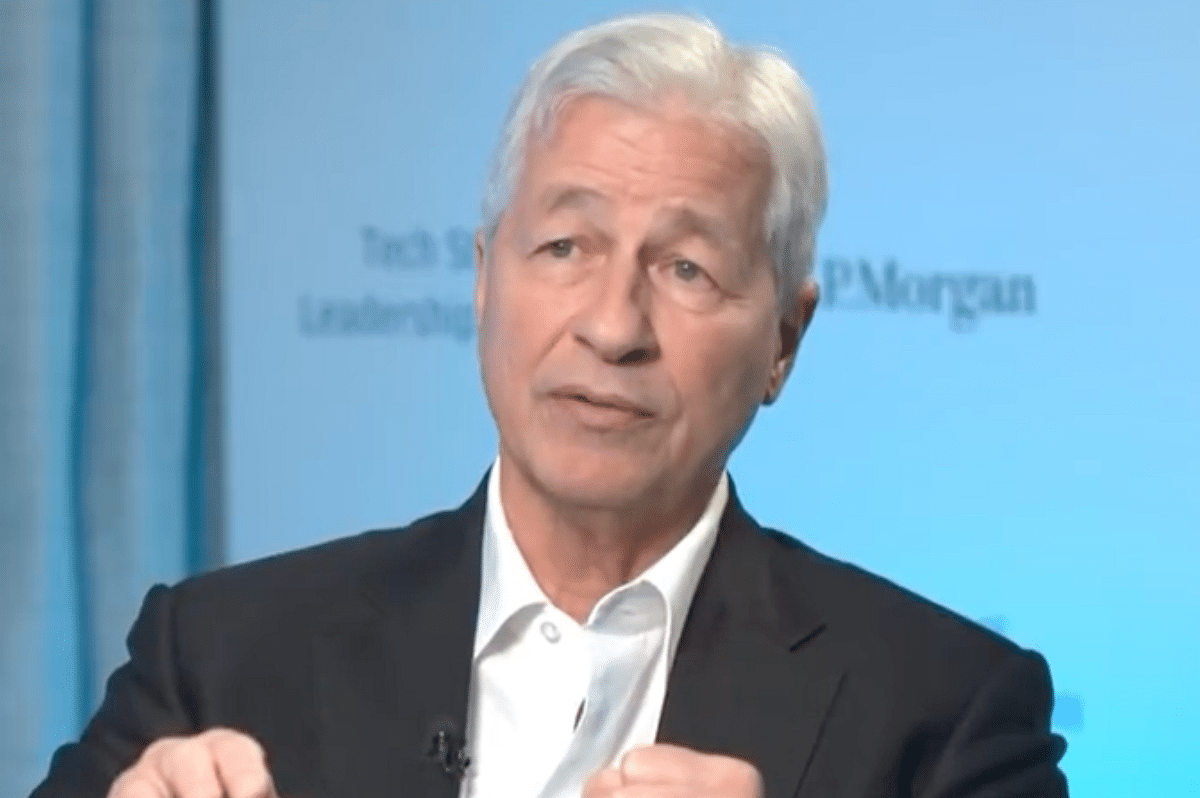I admire Councilman Jason Arp’s zealous tenacity during City Council meetings, but his latest assertions in an opinion piece ultimately questioning the aptitude if not vilifying the working poor and those living in poverty (“Bread and circuses: Pair of projects offer insight on society’s slide,” Sept. 25) are especially troubling.
The research Arp refers to is from economist and former Texas Sen. Phil Gramm. Gramm claims income disparities are actually quite slim when adjusted for transfer payments and taxes. He also asserts members of the fourth quintile actually bring home less income per capita than those in the lowest quintile – with an underlying assertion that those employed actually fare worse than those not working.
The problem with this is that it presumes a starting line from which all things are equal. Having struggled with substantial income disparity myself over the years, even when gainfully employed, I know firsthand that the starting line is not equitable nor fair.
All things being equal, this isn’t the reality for 123,750 Allen County residents.
But my research universe is far larger than a singular experience. Many I’ve worked with over the years have fared far worse than I ever did. Not once did I find my clients to be doing better than those living in the next income level.
Naysayers often complain that they don’t like people taking advantage of “the system,” but my standardized response is, “There isn’t a culture on the planet where self-indulgent behaviors don’t occur; however, this isn’t the experience I’ve had with 99% of those I’ve worked with. People who seek support need it.”
Arp then questions not only the need for a subsidized “urban” grocery store, but also whether it would really fill a void in its Pontiac Street neighborhood. Politicizing food deserts and consequential food insecurity is shortsighted and demonstrates the need to educate leaders about the realities of economic hardship.
Here are the facts:
• We have increasing food insecurity rates as documented by Feeding America and local food providers. According to Feeding America, 12% – or 45,000 – Allen County residents face food insecurity daily; and 336 neighbors in Aboite Township, in Arp’s City Council district, receive food stamps.
• Inflation is exacerbating food costs, making food selections more challenging. The Consumer Price Index found food prices to be 11.4% higher in August 2022 than in August 2021.
• Walking several miles to a grocery store with children in tow oftentimes through dangerous intersections during inclement weather is unsafe. According to Fort Wayne Police, we’ve had 78 crashes in 2022 involving pedestrians, with one fatality.
• Fort Wayne’s affordable housing inventory is insufficient, rents are increasing, and evictions continue to rise. There are 290 subsidized units per 10,000 people in Indiana, 44% of renters are housing burdened in Fort Wayne, and there have been 339 eviction filings in Fort Wayne since Aug. 14.
• We have record-breaking homelessness as has been documented by social service agencies, street outreach teams and Fort Wayne Community Schools.
• Consistently reliable and affordable transportation isn’t the reality for at-risk populations, and 9.2% don’t own a vehicle in our community. Those with insufficient access to transportation have the highest rates of unemployment, the lowest incomes and the worst chances of moving up the ladder.
• Fuel costs fluctuate with the wind, forcing families to make tough decisions about transportation and other needs. Poor commuters spend a much higher proportion of their wages on gas.
• Child care deserts abound throughout the community, leaving working parents and guardians fewer options for affordable child care. More than half of all Hoosiers live in a child care desert.
• According to a just-released Bank of America survey, 71% of workers in the U.S. say their salaries/wages can’t keep pace with the rising cost of living. All survey respondents had 401k plans, and if they’re struggling, what about the 57 million people who don’t have any retirement plan?
Arp claims “more and more residents are simply declining work” but has no data to back this claim. He then links this declination of work to increased drug overdoses and suicide deaths among males 18 to 45 years of age. Again, where’s the data linking these trends with an “institutional destruction of the value of work”?
We’ve had record-breaking numbers for overdose deaths the past three years in Allen County and sadly we hold the highest suicide rates for Black men ages 15 to 30 in the state of Indiana, but none of these unfortunate statistical realities point to a lack of a desire to work.
Addiction is a far more complex disease than relegating it to a lapse of work values, and increases in suicides don’t discriminate based on someone’s socioeconomic standing.
Couching one’s claims with an adage coined by a satirical Roman poet doesn’t validate said claims. It actually derides the experiences of those struggling in our community.
Privilege prevents progress, and until the realities of our entire community are acknowledged, disadvantaged communities will remain the scapegoat for those who don’t have to think about the cost of their $7 latte while sitting in the drive-through at Starbucks.
A part of Arp’s trope is valid, though, but in a way he presumably didn’t intend: The only thing that resembles a circus act is the high wire balanced daily by those who are disadvantaged.
Being poor isn’t for the weak. Nor does economic suffering warrant moral castigation.
Source: journalgazette.net







